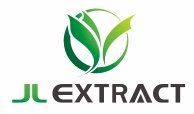Categories
-
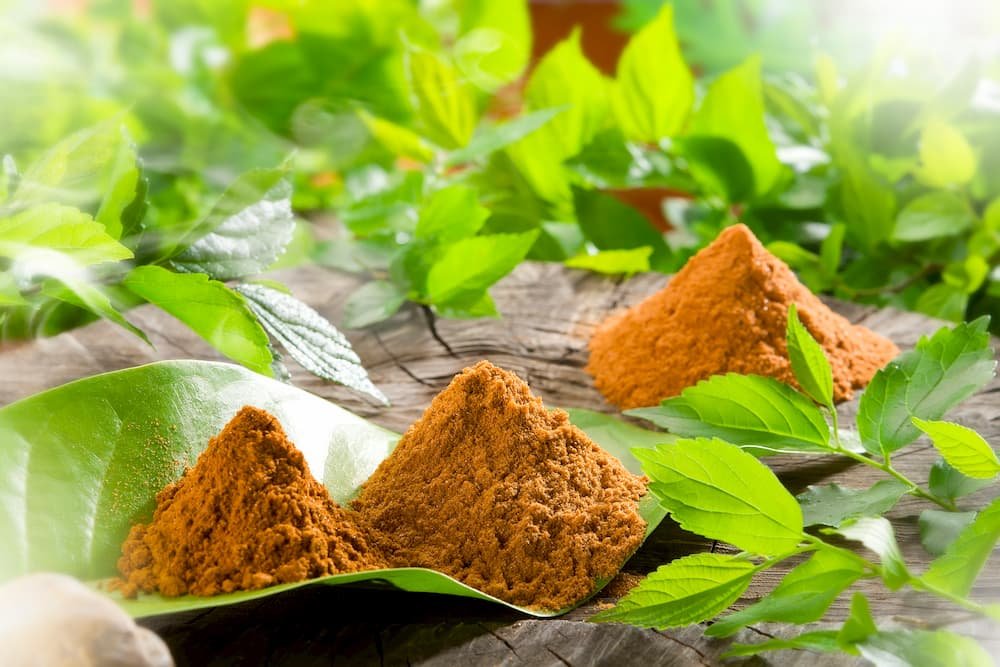
Natural Ingredients
They are active monomers after refining botanical extracts or separating other substances or impurities.
-
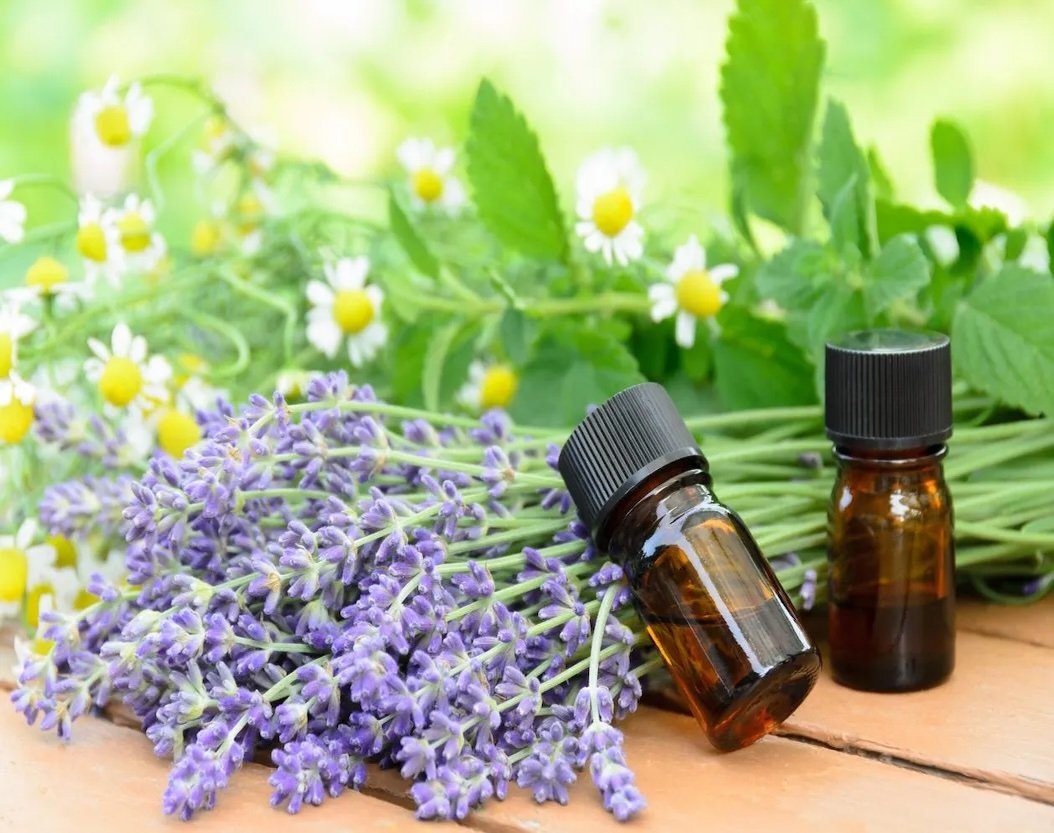
Botanical Extracts
Both Standardized Extract, Ratio Extract in powder, liquid and paste are available
-
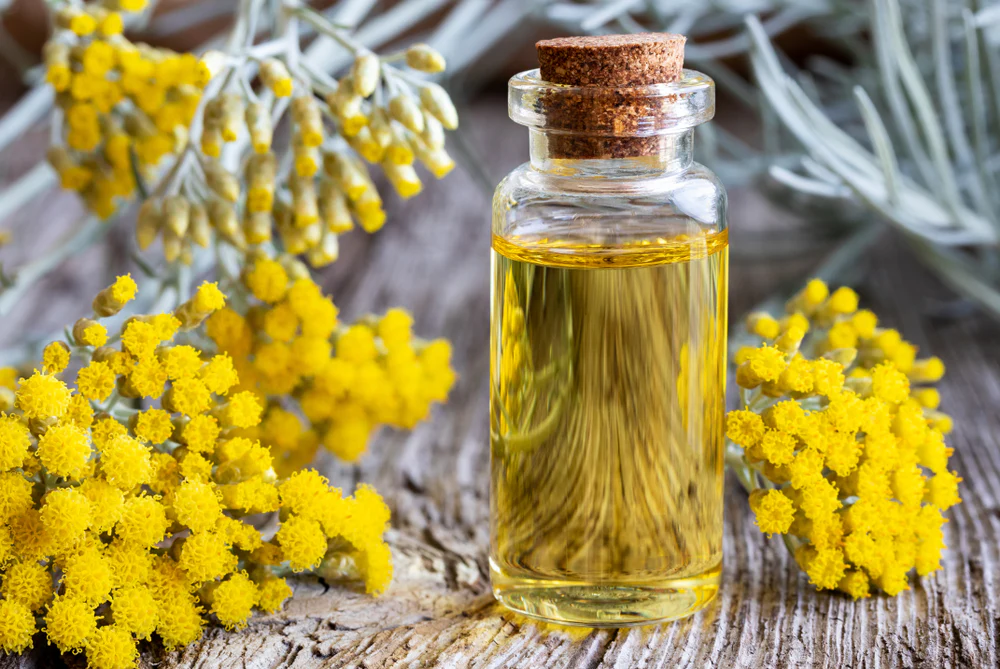
Natural Essential Oils
Two processes of Steam Distilled, Supercritical Extraction, Two types of Essential oils and Oleoresins
-
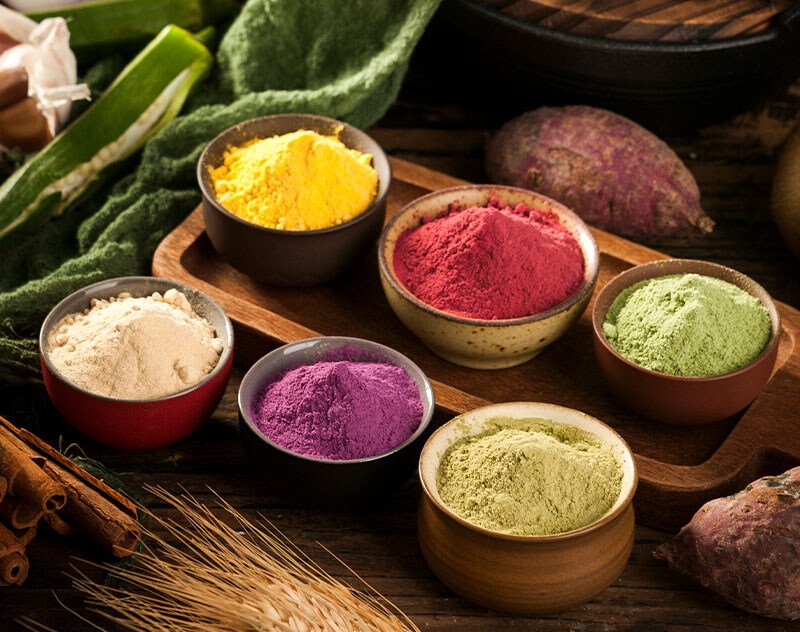
Spices, Herbs, Vegetable, Fruit Powder
We offer different processing: Drying of Hot Air Dried, Freezing Dried, Powder of Ground, Spraying Particle Size: 40 mesh, 60 mesh, 80 mesh, 100 mesh till 1500mesh.
Who We Are
JL EXTRACT CO., LTD.
JL Extract Co., Ltd. is committed to manufacture and supply natural ingredients, botanical extracts, plant essential oils, Fruit &Vegetable Powder, Spice products etc. We mainly focus on the products used in Feed Additive, Feed material & Pet food. JL Extract has been in line of botanical extracts since 2005 and growing into a professional manufacturer and supplier of pl natural ingredients, botanical extracts, plant essential oils, Fruit &Vegetable Powder, Spice products etc. As our business is developing, we setup own factory in 2008 and afterwards invented 4 joint venture subsidiary factories, respectively located in Shaanxi Province, Hunan Province. Also in 2018, we set up a laboratory in Nanjing, equipped with both liquid and gas chromatograph to perform analysis of TLC......MORE
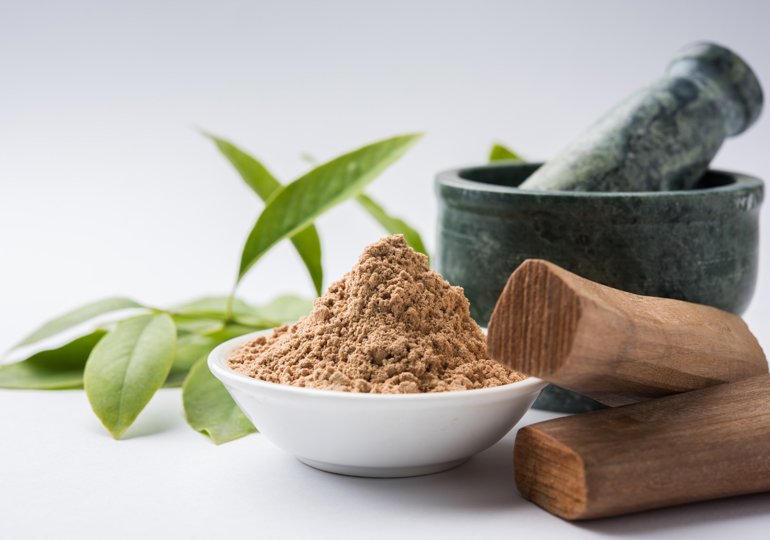
- 2016
Established
- 50
Elite Staff
- 5000
Plant Area
- 5
Production Line
-

OWN FACTORIES
Owning Subsidiary Factories at Raw Material Bases to Guarantee Continuous Stable Supply and Lower Production Cost.
-

RICH EXPERIENCES
Skilled Technicians with Rich Production Experiences Supporting Customized Quality Requirements and Process Improvement.
-

OUR OWN LAB
Adopting Comprehensive Index Testing in Our Own Lab and Third-Party Testing.
-

QUALITY CONTROL
ISO9001 Certified Quality Control and FAMIQS Certified on Feed Additive and Feed Premix. ISO22000-2018 on Food Safety Control System
Hot Sales
For hot-selling products, we purchase raw materials and arrange production regularly according to the inventory quantity to meet fast delivery.
-
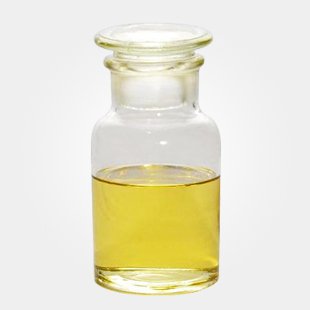
Carvacrol,oregano oil carvacrol
The role of carvacrol in agriculture mainly includes being a broad-spectrum antifungal agent, fungicide, insecticide,...Learn more
-
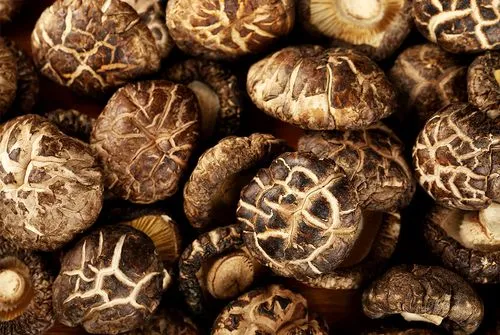
Lentinan, shiitake mushroom extract
The agricultural applications of lentinan mainly include the following aspects: Disease control: As a biological...Learn more
-
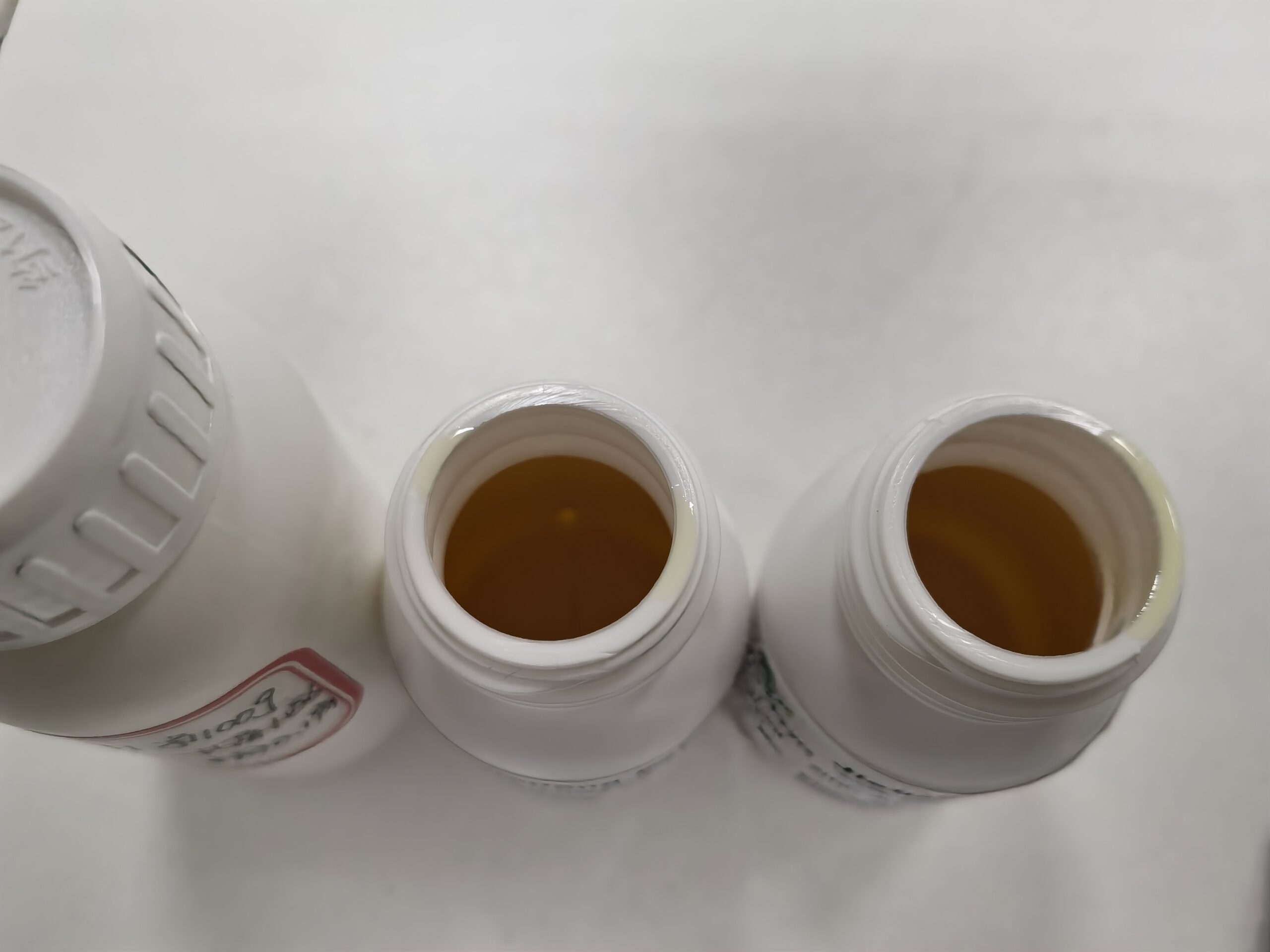
Pyrethrum Extract supplier, Pyrethrins
Pyrethrum is the only intensively cultivated insecticidal plant in the world. Its flowers contain highly...Learn more
-
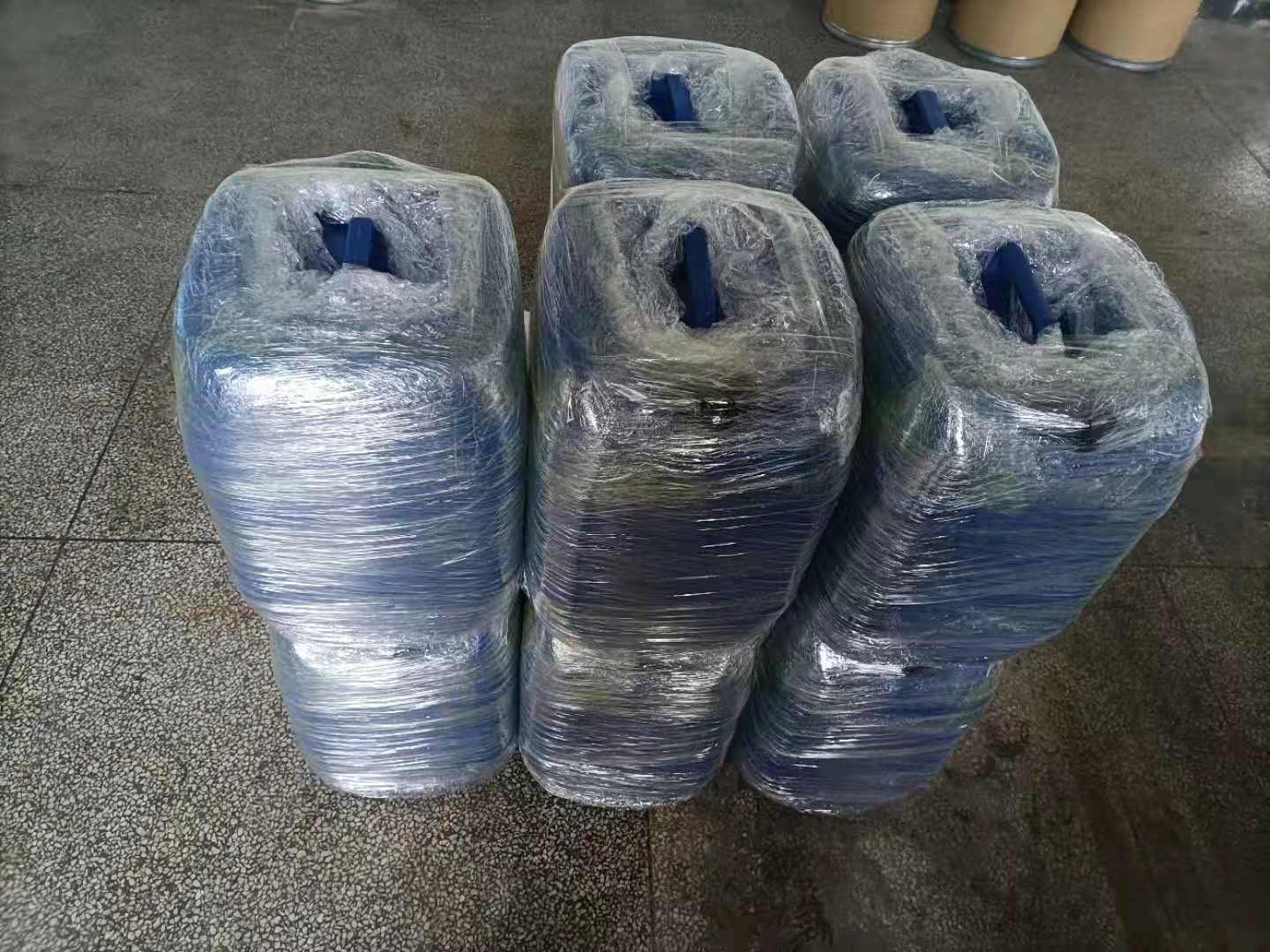
Celastrus Angulatus Extract, Angulatin
Celastrus Angulatus Extract has antifeedant, paralyzing, repellent, and stomach poisoning effects on insects. Mainly stomach...Learn more
-
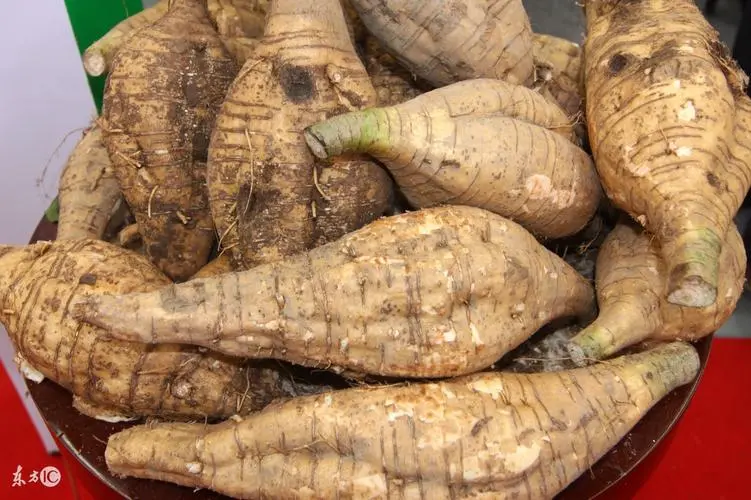
Radix Puerariae powder ,Radix Puerariae Extract supplier
Pueraria extract is a kind of isoflavone compounds extracted from the root of Pueraria lobata...Learn more
-
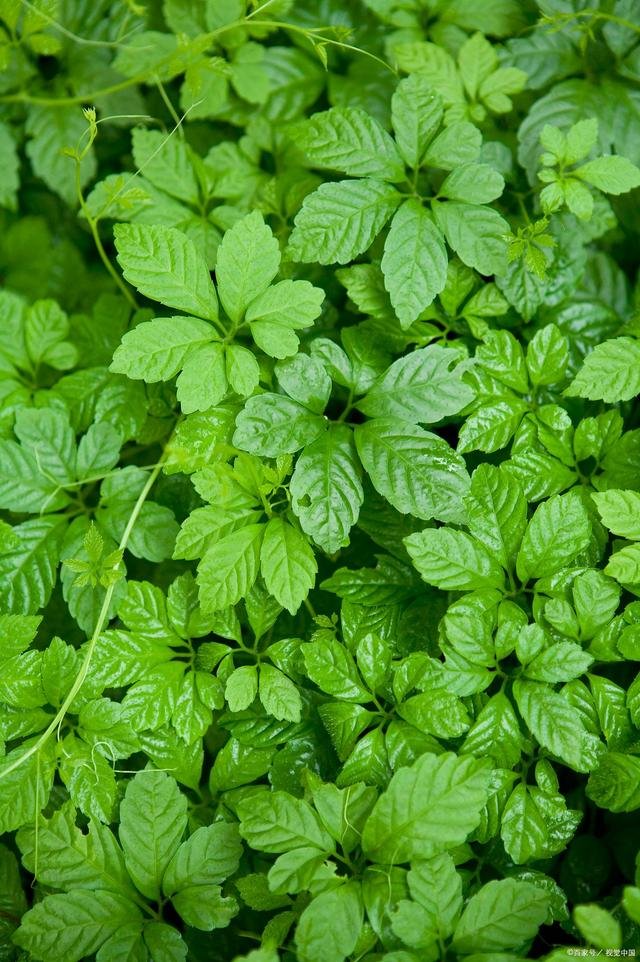
Gynostemma Pentaphyllum Extract, Gypenosides
Gynostemma pentaphyllum saponins are extracted from the whole plant of Gynostemmepentaphylium (Thunb.) Mak. and then...Learn more
-
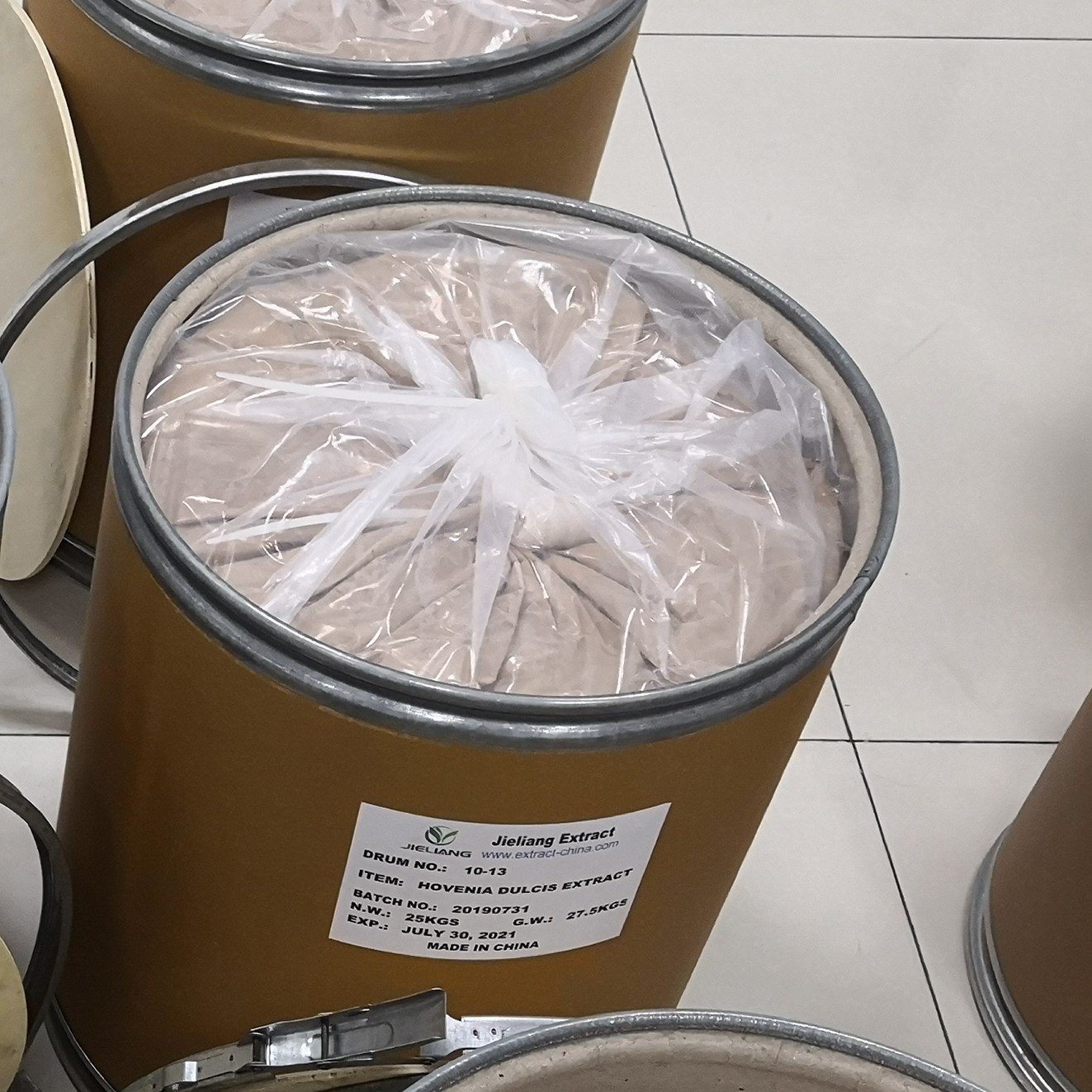
Hovenia Dulcis Fruit Extract, Dihydromyricetin
Hovenia Dulcis Fruit Extract is the mature fruit and seed of Hovenia dulcis Thunnb. Hovenia...Learn more
-
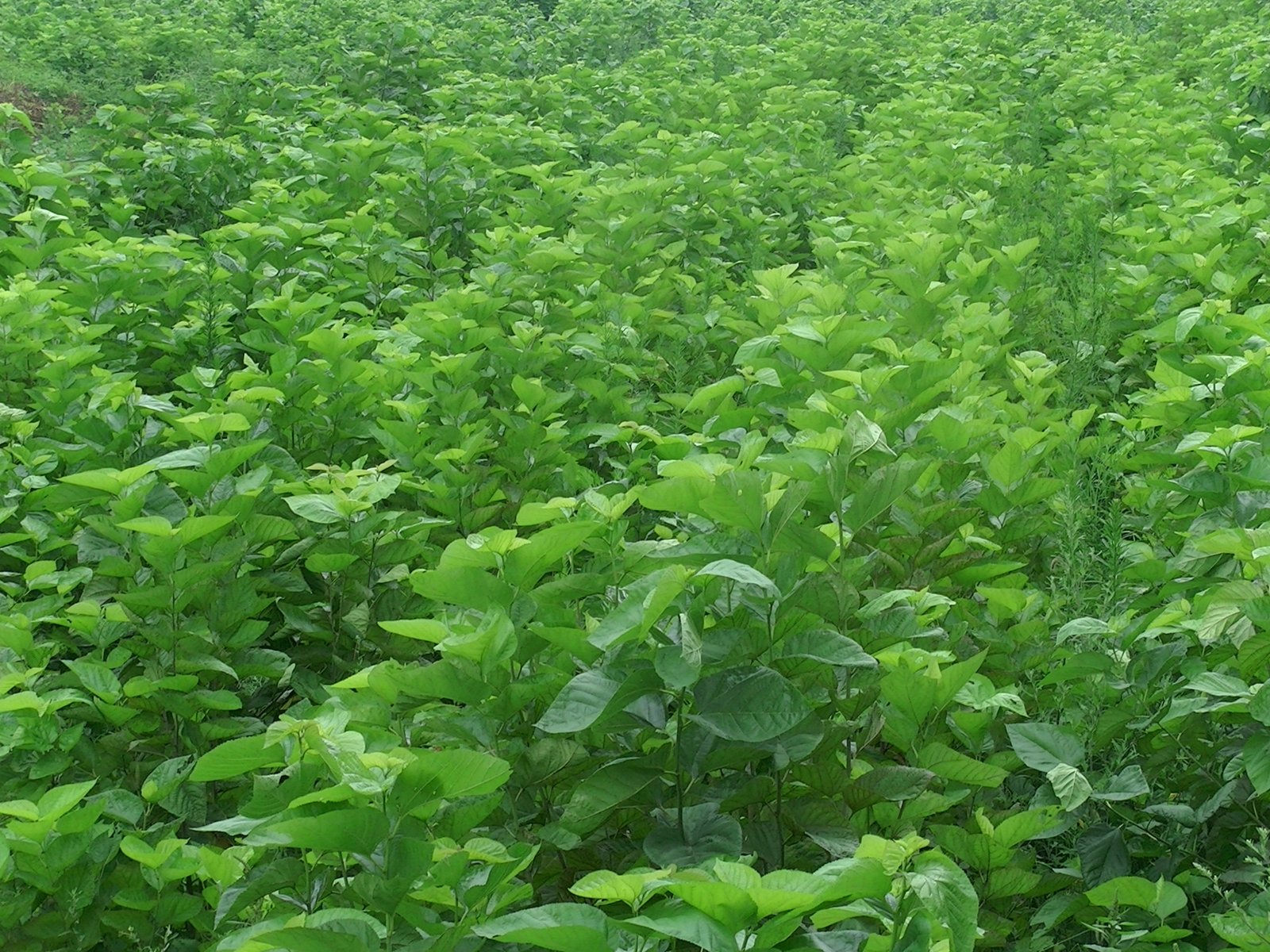
Mulberry Leaf Extract supplier
Mulberry leaf extract is made from mulberry leaf powder processed from the first to third...Learn more
News
-

How Much Artichoke Extract Should I Take for Liver Health?
Artichoke extract has long been recognized for its health benefits, especially in promoting liver health. Many individuals use it as a natural remedy to support liver function, detoxification, and digestion. If you’re considering incorporating artichoke extract into your wellness routine, understanding the correct dosage is crucial. This article will provide a comprehensive guide on how much artichoke extract you should take for liver health, along with its benefits and potential side effects. Table of Contents Introduction to Artichoke Extract and Liver Health Recommended Dosage of Artichoke Extract Health Benefits of Artichoke Extract for the Liver Potential Side Effects of Artichoke Extract Conclusion and Final Thoughts Introduction to Artichoke Extract and Liver Health Artichoke extract is derived from the leaves of the artichoke plant (Cynara scolymus) and is commonly used to support liver health. Rich in antioxidants and bioactive compounds, artichoke extract is believed to help protect the liver from toxins,...
Read More -
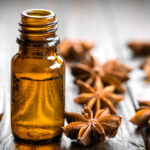
What’s the Difference Between Anise Oil and Star Anise?
Anise oil and star anise are both derived from plants that offer a sweet, licorice-like aroma and flavor, often used in cooking and for therapeutic purposes. While they may seem similar, these two products are distinct in their origin, uses, and properties. we will explore the differences between anise oil and star anise, helping you understand their unique characteristics and applications in everyday life. Table of Contents Introduction to Anise Oil and Star Anise What is Anise Oil? What is Star Anise? Key Differences Between Anise Oil and Star Anise Uses of Anise Oil Uses of Star Anise Health Benefits of Anise Oil and Star Anise Which One Should You Choose? Conclusion Introduction to Anise Oil and Star Anise Both anise oil and star anise come from plants that belong to the same family and share similar flavors, but they are quite different in their origins and uses. Anise oil...
Read More -
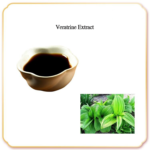
A Detailed Look at the Manufacturing Process of Veratrine Extract
Veratrine and Veratum Nigrum Extract are derived from the Veratrum plant family, known for their potent alkaloid properties. These extracts have significant medicinal and pharmacological benefits. The process of producing these extracts involves several precise steps to ensure their quality and effectiveness. Below is a detailed description of the production process. Table of Contents 1. Introduction to Veratrine and Veratum Nigrum Extract 2. Raw Material Harvesting 3. Preparation of Plant Material 4. Extraction Process 5. Filtration and Purification 6. Concentration and Evaporation 7. Final Formulation 8. Quality Control and Testing 1. Introduction to Veratrine and Veratum Nigrum Extract Veratrine is a group of alkaloids extracted from the Veratrum plant, known for its potent pharmacological properties. Veratum Nigrum Extract is a specific variant derived from black hellebore, containing active compounds used in traditional and modern medicine. The production process for these extracts ensures the preservation of their bioactive components, which include...
Read More -
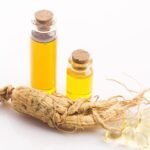
Introduction to the Value of Ginseng Extract
Ginseng extract, specifically the total saponins, is a highly valued natural product refined from the roots, stems, and leaves of the ginseng plant, a member of the Araliaceae family. Ginseng, often hailed as the "king of herbs," has been a staple in traditional Chinese medicine for over 2,000 years, prized for its ability to restore energy and promote longevity. The extract is rich in eighteen distinct ginseng monomer saponins, which are soluble in water at 80°C and easily dissolve in ethanol, making it highly versatile for use in supplements, cosmetics, and more. Health Benefits Ginseng extract is primarily used to address a wide range of health conditions, including: Cardiovascular Health: It supports individuals with coronary heart disease, angina pectoris, bradycardia (slow heart rate), tachycardia (fast heart rate), and ventricular premature beats. Its adaptogenic nature—helping the body adapt to stress—also aids in regulating blood pressure disorders. Neurological Support: It is beneficial...
Read More -
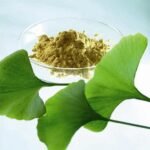
The Power of Plants: Exploring the Uses of Botanical Extracts
Natural plant extracts are incredibly versatile, derived from plants or specific plant parts through the use of suitable solvents or extraction methods. These substances are packed with bioactive compounds that make them invaluable across multiple industries, including pharmaceuticals, food and beverages, health supplements, beauty and cosmetics, and even agriculture. Their natural origin appeals to growing consumer demand for sustainable, clean-label products. Below, we delve into some prominent examples of plant extracts and their applications, illustrating how these botanical treasures are harnessed to benefit various sectors. 1. Broccoli Extract (Health Supplement Ingredient) Broccoli, especially its tender sprouts, is a rich source of sulforaphane, a powerful isothiocyanate compound celebrated for its potential in both preventing and treating cancer. This compound isn’t exclusive to broccoli—it’s also found in other cruciferous vegetables like kale, cauliflower, and cabbage—but broccoli sprouts contain particularly high levels, making them a standout in nutritional science. Sulforaphane’s magic lies in...
Read More -

Advanced Techniques for Natural Plant Extract Extraction
Currently, the extraction of natural plant extracts employs a variety of methods, each tailored to specific needs and offering distinct advantages. Common techniques include solvent extraction, ultrasonic extraction, microwave extraction, and enzymatic extraction. Meanwhile, advanced methods such as supercritical fluid extraction and microwave-assisted extraction are increasingly adopted due to their efficiency, scalability, and environmental benefits. These techniques enable the isolation of bioactive compounds like flavonoids, essential oils, and antioxidants, which are widely used in industries such as pharmaceuticals, cosmetics, and food production. Solvent Extraction Method Solvent extraction is a foundational technique that uses solvents to dissolve and extract active ingredients from solid plant materials. The solvent must be compatible with the target compounds, meaning it should be miscible with the solute to ensure effective extraction. Commonly used solvents include water for polar compounds like sugars and amino acids, ethanol for polyphenols and flavonoids, and methanol or acetone for a broader...
Read More
